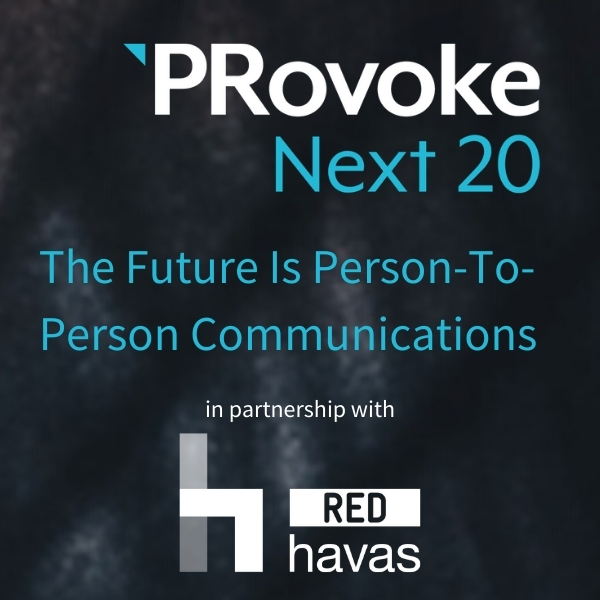Red Havas 26 Jan 2021 // 3:52PM GMT
-(1).jpg)
Since the pandemic hit, many brands have navigated content production restrictions by more often engaging and activating their audiences with user-generated content (UGC)—as opposed to producing original content of their own. This tactic shift came at the same time that quarantined or COVID-conscious consumers were becoming more active and attentive online. We’ve also been introduced to a new type of grassroots brand ambassador: employees.
COVID has shifted employees’ mindset. Many are now active and vocal participants in the digital world, not only representing and speaking to their personal beliefs publicly, but also praising, commenting on and unpacking the values of the companies they represent.
When it comes to the likelihood of an employee producing EGC, age matters. According to Inc., Millennials (who will make up 75 percent of the workforce by 2025) are looking for socially responsible employers, while Gen-Z is the first generation to prioritize purpose over salary, according to a study by WeSpire. Employers should be looking to these employees specifically, not only as their future leaders, but as influential advocates as well.
Too often untapped as brand ambassadors, employees are a powerful source of truth when it comes to advocating company purpose or product offerings and engaging external audiences. “It's very common for 3-5 percent of employees to account for 20-35 percent percent of the value-added collaborations in most workplaces,” says Rob Cross, a leading consultant and educator in the field of organizational network analysis. As such, employee-generated content (EGC) is becoming increasingly popular and adopted by major brands—often striking a powerful balance between B2B and B2C in the process.
What exactly counts as EGC? EGC includes blogs, e-newsletters, social media posts, internal workflows, training materials, and other content created by employees and related to a brand or relevant industry. For marketers, employees can provide more credible ways of relating to both B2B and B2C audiences with authentic content.
You’re invited to download Red Havas’ full white paper on person-to-person communications here. And here are five tips to help brands and companies who want to get started with harnessing the power of EGC in their marketing programs:
-
Give employees the right tools and support. If they don’t know how to share content, they won’t.
-
Make it easy for them. Alert employees to new content that can be easily shared or reposted on their respective channels.
-
Be clear on best practice guidelines. You don’t need to write a dossier; however, you should give direction on tonality, word count, imagery, etc.
-
Let internal influencers flourish. Identify employees who are already leading the charge or carry an outsized influence on others, and empower them to go further.
-
Don’t take a one-size-fits-all approach to EGC. Let employees play around with different content types for different channels, and regularly review engagement in order to optimize.


































.jpg)












